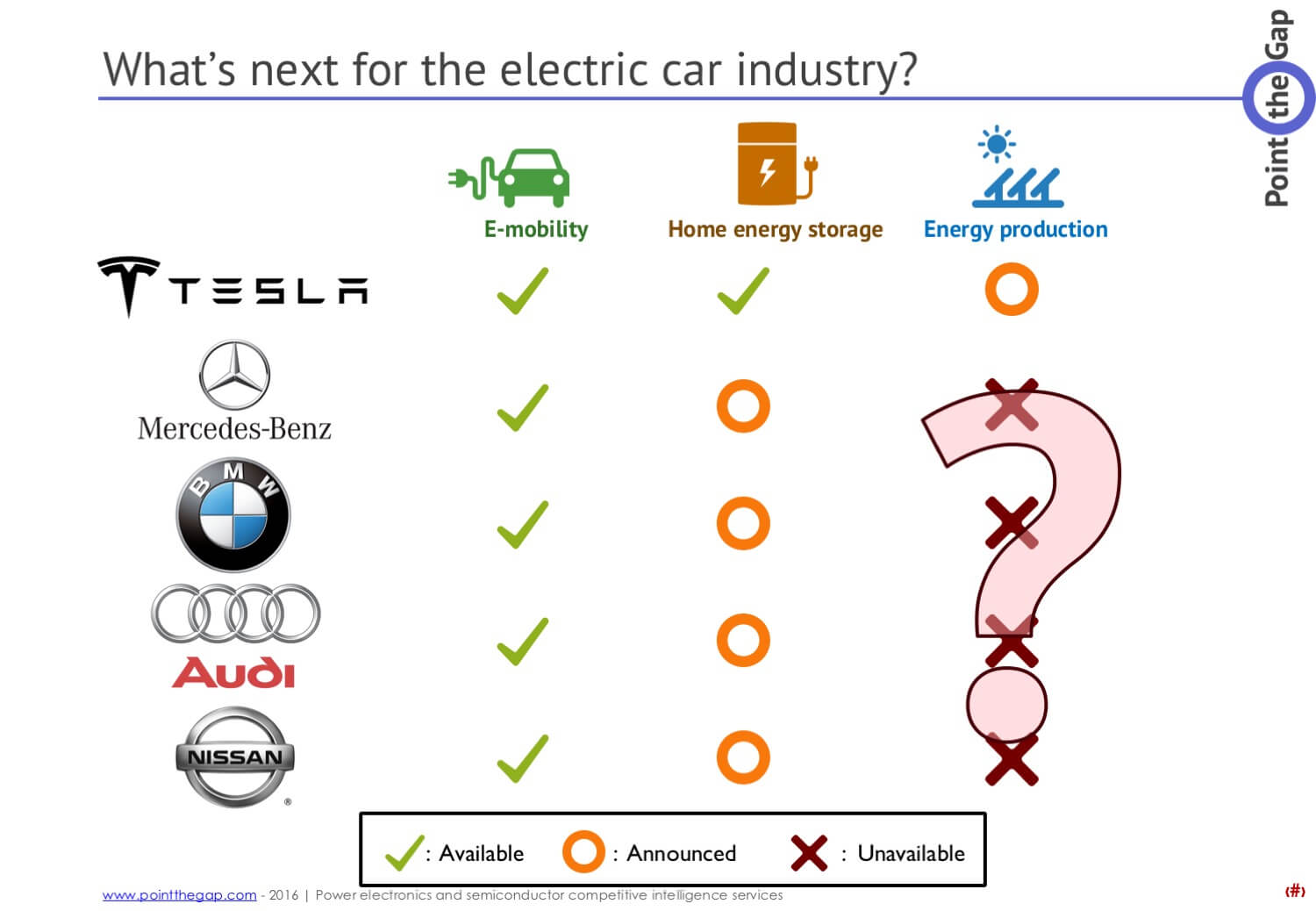Enphase Energy, Inc., and SunPower Corporation, today announced a definitive agreement for Enphase to acquire SunPower’s microinverter business for $25 million in cash and 7.5 million shares of Enphase common stock. Key highlights of the acquisition include:
- Advances AC Modules (ACM) as the future of residential solar
- Enhances SunPower’s Equinox™ Home Solar System with a custom line of Enphase’s IQ microinverters for use with SunPower AC Modules
- Enphase expects to add $60-$70 million annualized revenue in second half of 2019 at 33%-35% gross margin
- Adds over 140 patents to Enphase’s strong IP portfolio
- Expects to close by end of the third quarter of 2018 with initial IQ shipments in the fourth quarter
- $25 million cash to be funded from Enphase’s balance sheet in two installments
“We are pleased to become the microinverter supplier for SunPower’s AC Modules,”
said Badri Kothandaraman, president and CEO of Enphase Energy. “The IQ 7XS 320W AC microinverter in an ACM strongly complements SunPower’s high efficiency solar cells, communication and racking to create a high performance, high quality and easy-to-use Equinox™ Home Solar System, providing exceptional value to homeowners, dealers and architects.”
IQ 7 is Enphase’s seventh-generation microinverter platform leading the industry with its software-defined architecture, broad regulatory compliance, advanced “Smart Grid” features, and a high fire safety rating. The IQ 7XS microinverter offers 97.5% CEC efficiency and was designed specifically for the SunPower’s X Series 96-cell PV modules with peak AC output power of 320W and a Maximum Power Point (MPP) tracking range of 53-64V.
“SunPower customers will continue to see the same quality, high performance that they see now as Enphase exclusively co-develops microinverters for our industry leading residential Equinox solar product,” said SunPower CEO Tom Werner. “As a result of this strategic partnership, SunPower looks forward to benefitting from Enphase’s expertise, allowing us to continue containing costs, leveraging R&D support and helping streamline our business priorities.”
The transaction is expected to close at the end of the third quarter of 2018 subject to product qualification and other closing conditions under the definitive asset purchase agreement.




